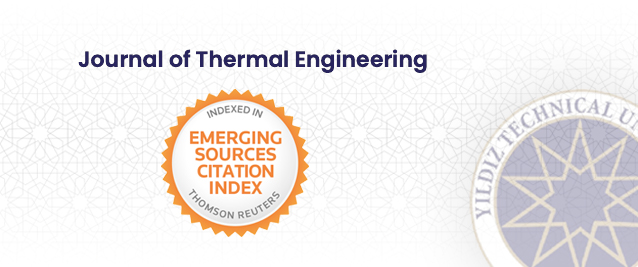2SNJB's, Late Sau. Kantabai Bhavarlalji Jain College of Engineering, Chandwad, Maharashtra, 423101, India
3Shri Shivaji Vidya Prasarak Sanstha's Bapusaheb Shivajirao Deore College of Engineering, Dhule, Maharashtra, 424005, India
Abstract
Waste of agricultural produce attributed poor post-harvest management practices. To resolve this problem now days solar drying system gained hegemony to preserve and process the agricultural produce. The study systematically analyses the experimentation conducted on different factors of solar dryer, including its geometry, modes, agricultural produce, heat storage materials, mathematical models, and validation through Finite Element Analysis (FEA) analysis, providing valuable insights for future study. In the reviewed literature, the desiccation of agricultural produce commonly occurs within the air temperature range of 28°C to 86°C. It was found that the most effective desiccation of agricultural produce in solar dryer cabinets takes place within the air temperature range of 50°C to 65°C, leads to reduce drying time. In the majority of studies aimed at improving the desiccation rate, air circulation is achieved through the use of blowers or fans, with velocities typically rang of 0.5 m/s to 2 m/s. Additionally, the air flow rates employed in these studies vary from 0.003 kg/s to 0.09 kg/s. However, further research and investment are needed to enhance solar drying technologies, exploring new geometries, intermittent air circulation, desiccants to reduce air humidity and make them available to more farmers across the world.























